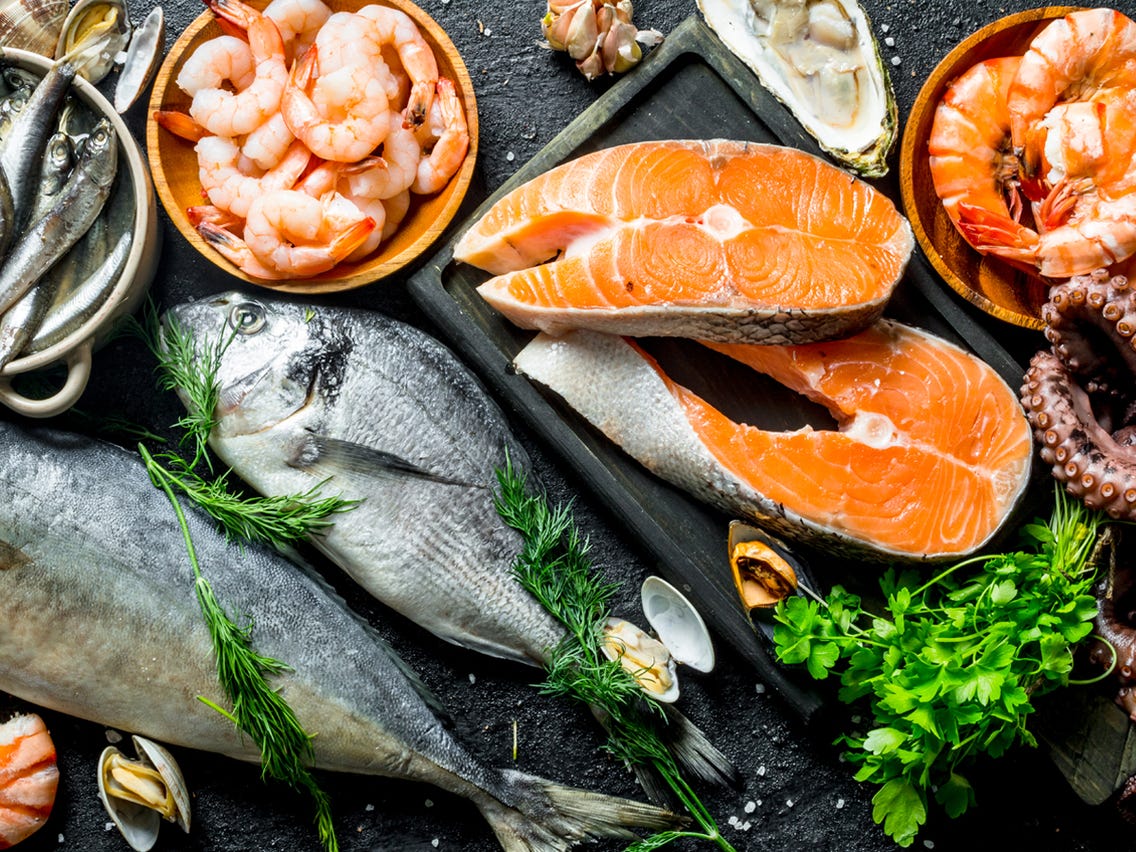
Seafood Logistics management is that part of supply chain management that plans, executes, and monitors the efficient flow of seafood from the point of origin to the final customers.
Logistics functions include transportation/delivery, key use of a reliable transport and warehouse management system, storage, sorting, freight handling, inventory management, and information retrieval, and many processes have been placed in place to distribute goods beforethe deadline because many perishable items start to deteriorate before it reaches customers.
Fishery items are a complex and demanding just-in-time supply chain system with proper SKU’s and packing. It has both short and multi-channeling distribution that needs constant traceability and security following weather and movement mode.

Seafood is an interesting food item with few constraints
- Short expiry date
- Requirements of freshness.
- Compatible with other food items.
- Spoilage Startsas soon as it is caught
- Maintenance, preservation, and disposal are critical.
- Expertise and experience required to handle
- Travels on every possible way- airways, seaways, roadways.
- Wide range of source
- Unpredictable demand in tourist spots and hotels
The challenges of the seafood industry
- Inadequate cold storage – The retail suppliers are often businessowners. Inadequate cold storage at the retail level compound the problem of seafood wastage. A wholesaler of fish can have necessary cold storage before selling to retailers. However, vendors/retailers who don’t have proper storage might degrade the quality of the fish when the consistency of water doesn’t match.
- Fishermen Typically Are Not the traders – Fishers are professionals in what they do, but they may lack the knowledge or expertise needed to participate more productively and sustainably in the seafood industry.
- Lack of vessel-level data- Lack of records electronically of when, where, by whom, how, and what was caught on trips by each vessel.
- Supply aggregation- The mixture of fishery items of differentfishing events into one volume makes it hard to identify catch method, catch origin, harvest date& size composition.
- Lack of Data Management system- Logistics software helps firms and organizationscoordinate complex supply methods and operations starting from the point of origin to the consuming party. There is much efficient software today that helps to keep track of trips with micro detailing, scheduling email, tracking of letters, packages, alarming probable date of spoilage, etc.
- Lack of Marine fleets management software- A ship/fleet management system involves capturing and migration of data from sources. It is crucial to have access to domain expertise, ship captains and sailors and best practice from previous implementations to secure the value of data and to achieve success.
Final Verdict
The seafood supply chain involves a few challenges but demand for seafood has been accelerating. The focus of supply chain and logistics is to deliver nutritious, fresh, and inexpensive seafood to consumers as early as possible.
Author: I’m Jaylin: Guest post service planner of Leelija and full time blogger. Favorite things include my camera, traveling, caring my fitness, food and my fashion. Email id: [email protected]





